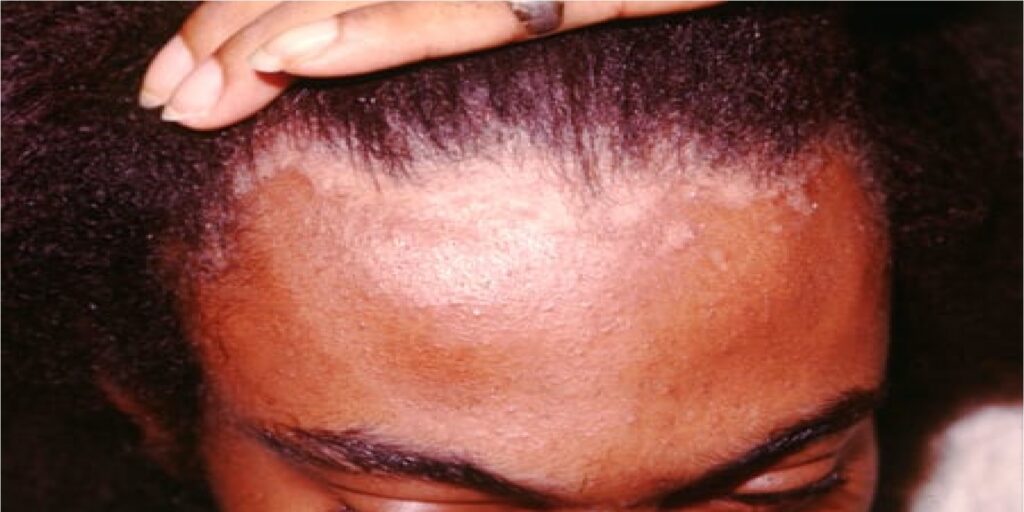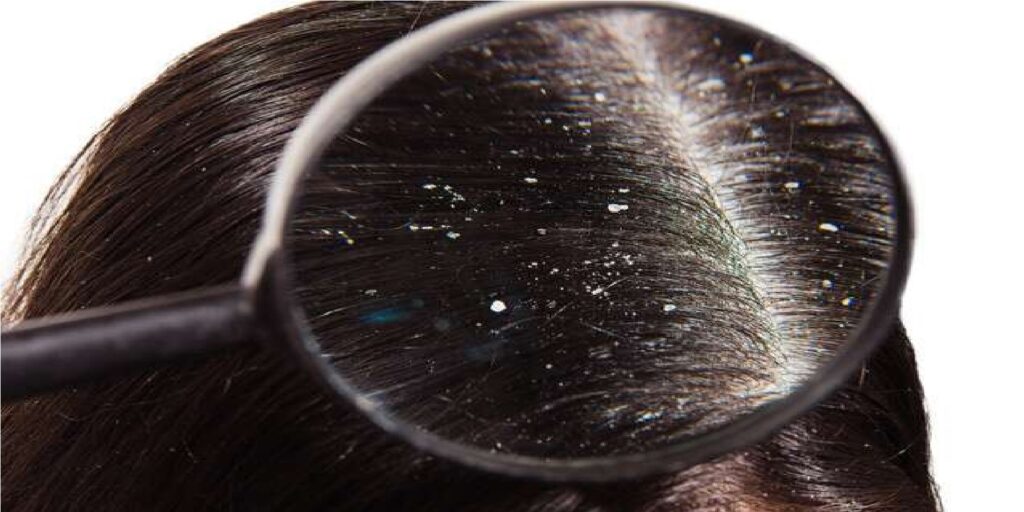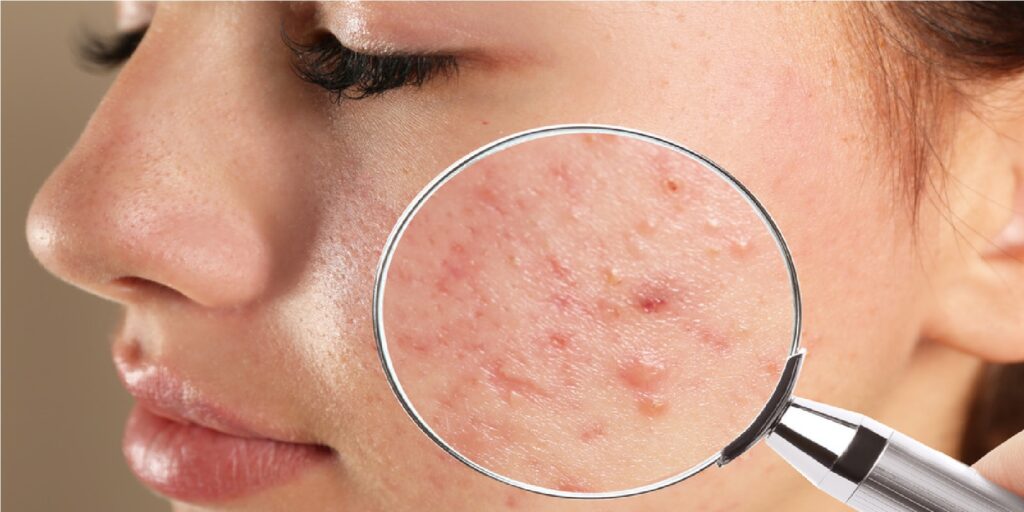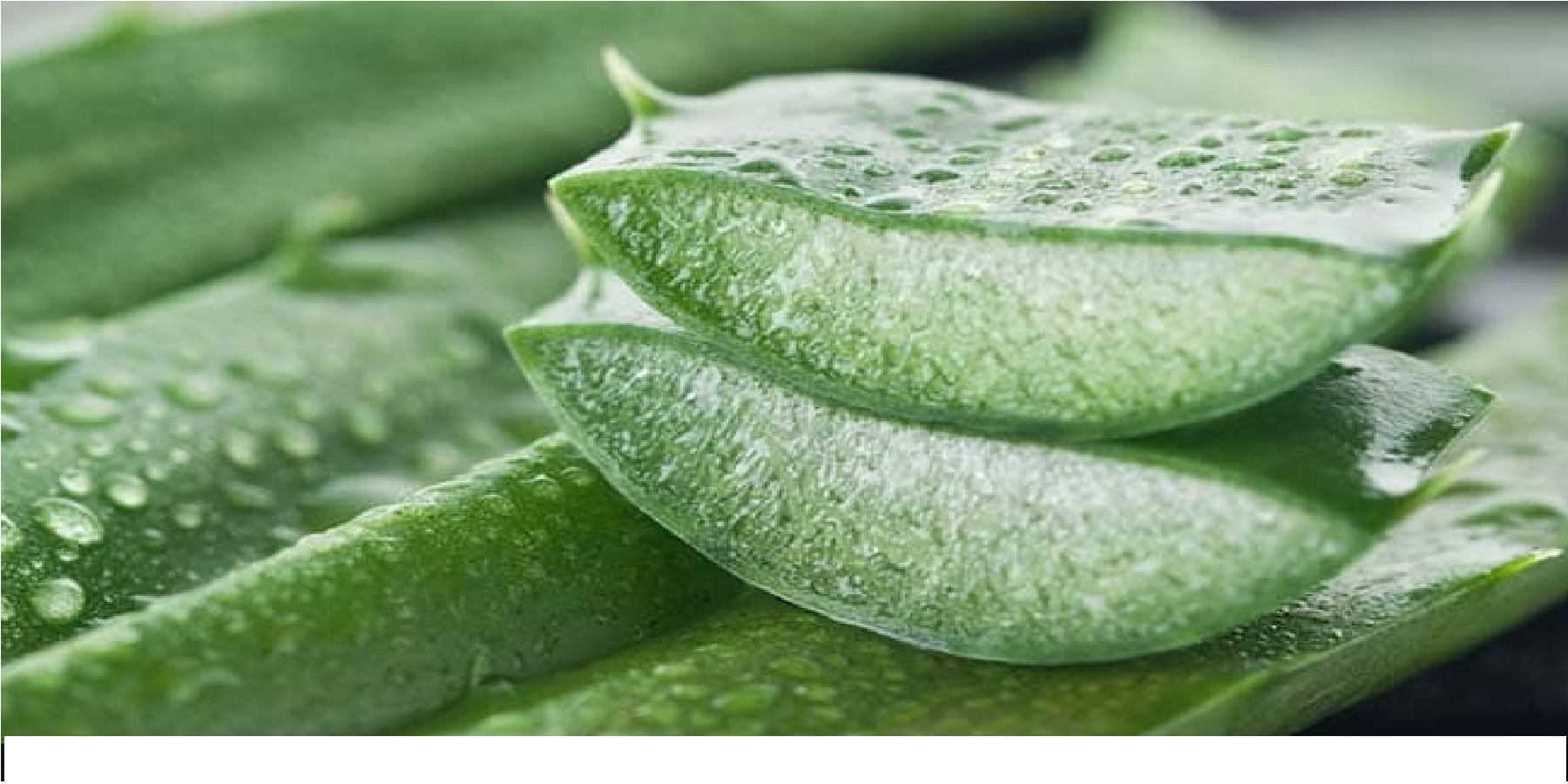Aloe Vera
The gel found in aloe plants is called aloe vera. For thousands of years, people have used it to soothe and soften the skin. Aloe has also long been used as a traditional remedy for a variety of illnesses, such as skin problems and constipation. Aloe vera has been the subject of conflicting studies in the present, with some finding that it can give lab animals cancer.
Aloe vera cannot be consumed naturally; it must be consumed as a supplement or gel.
While continuous usage of aloe vera is not recommended, some varieties are safer to consume than others.
At least for some disorders, research supports the traditional use of topical aloe vera as a skin therapy. According to studies, aloe gel may be useful for treating a variety of skin issues
Psoriasis

A issue with the immune system is the cause of psoriasis, which can lead to extra skin cells forming inflammatory, scaly plaques on the skin.
Psoriatic arthritis, which causes joint pain and swelling, develops in about 30% of patients who have psoriasis skin symptoms.
There is no known cure, however a number of treatments can aid with symptom relief. Some people think that psoriasis-related skin and joint problems can be resolved with aloe vera.
Psoriasis patients may have itchy, painful skin areas that are inflamed. These patches may occasionally split and bleed. An individual with psoriatic arthritis will experience painful, stiff, and swollen joints.
Psoriasis symptoms frequently fluctuate, getting worse during flare-ups and getting better during remissions.
Succulent plants like aloe vera have leaves that are packed with gel. People have used aloe vera gel to treat a variety of skin diseases, including psoriasis, for thousands of years. It is utilised in many traditional remedies.
As anti-inflammatory use in Psoriasis
Aloe vera appears to have anti-inflammatory qualities, since psoriasis is an inflammatory condition.
Aloe vera gel has the potential to help lessen the inflammation that causes the symptoms of psoriasis in the skin and joints.
In a 2008 study, aloe vera gel was found to be superior than a placebo in treating skin disorders including erythema brought on by UV light. However, the study did not examine psoriasis treatment.
More research will be necessary to confirm whether aloe vera’s anti-inflammatory qualities are effective for treating psoriasis.
Seborrhea treatment using Aloe vera

Seborrheic dermatitis is characterized by greasy yellowish scale on a background of
erythema. It occurs in areas with lots of sebaceous glands including the scalp, external ear,
central face, upper trunk, underarms, and groin. Its most common and mildest form is
dandruff—whitish scale of the scalp and other hair-bearing areas without any underlying
erythema.
The disorder that causes dandruff, seborrheic dermatitis, may also be successfully treated with aloe vera, according to previous studies.
Only a few studies have been done to support the use of Aloe vera (A. barbadensis), one of the most widely used species of Aloe vera, in the treatment of inflammatory skin disorders. Various Aloe vera extracts are widely utilised in a variety of over-the-counter skin products. The existing topical treatments for seborrheic dermatitis, a common inflammatory skin disease, may be beneficial but are not curative.
Aloe vera is a succulent plant whose thick leaves contain an inner pulpy mucilaginous gel.
Some compounds in aloe vera have been found to have anti-inflammatory and anti-itch
properties that may be beneficial in seborrheic dermatitis.
Dandruff treatment using Aloe Vera

A common skin issue called dandruff makes your scalp itch and flake. If you have dandruff, you might see white skin flakes on your clothes and hair, and your scalp might occasionally itch, especially in cold or dry conditions.
There are several various treatments that could be beneficial if you have dandruff. Treatments for dandruff range from prescription shampoos to herbal solutions like aloe vera. Not every therapy works well for everyone, and you may need to try a few different ones before you find one that works for you.
If you are familiar with aloe vera, you probably know it best for treating burns and mild wounds, which is how it is typically used. When applied to the skin, the gel found inside the tall, spiky leaves of this succulent feels chilly. This assists in reducing burn-related pain and inflammation.
Additionally, aloe vera gel contains vitamins, minerals, amino acids, and other substances that aid in the healing process. Aloe vera has been utilised for hundreds of years for a number of uses other than wound healing because of these qualities.
How Aloe vera is used
If you have an aloe vera plant, you can get your own aloe vera gel from the leaves. Aloe vera leaves are also sold at several grocery stores. Aloe vera gel is also available at drugstores or online.
- Use a sharp or serrated knife to cut a green leaf from the plant.
- Hold the leaf upright (with the cut side facing down) and allow the yellow fluid to drip out. You can leave it in a cup or jar until it drains. You won’t need this to treat dandruff, but it does have other uses.
- Carefully cut away the top layer of the leaf. You’ll see the aloe vera gel underneath.
- Trim away the edges of the aloe vera leaf.
- Use a knife, spoon, or other kitchen implement to scrape the gel away from the remaining layer of plant leaf.
You can apply aloe vera gel before or after shampooing by following these steps:
- Gently apply the gel to your head, underneath your hair.
- Let the gel sit for 30 minutes to an hour.
- Use a mild shampoo to rinse the gel off your scalp.
- Repeat this process 2 to 3 times a week
Aloe Vera for the treatment of Acne

Aloe vera is a wonder substance that improves both our health and appearance. The finest methods for using aloe vera to treat acne will be covered in this article. Aloe vera is one of the most often utilised components in numerous skin and hair care products since it offers a wealth of cosmetic benefits. Acne is one skin condition that affects people of all ages. While some of us encounter severe breakouts of acne when we are teenagers, others deal with terrible breakout issues as adults. Acne can frequently be treated at home or with natural therapies. A fantastic all-natural remedy for acne is aloe vera.
Aloe vera Facts
- Aloe vera is a plant that belongs to the succulent family.
- It was originated in the Northern Africa, Madagascar and the Arabian Peninsula.
- Normally the plant grows 24 to 39 inches in height. Most types of aloe vera do not have a stem.
- Aloe vera plant has thick, long, fleshy and serrated leaves, which are sometimes covered with white spots. The leaves form a rosette. Leaves are green or grayish in color.
- Aloe vera stores water in its leaves, roots and stem.
- The clear gel inside the leaves is commonly known as ‘aloe vera gel’.
- The aloe vera gel contains 75 different minerals, vitamins, amino acids and enzymes which are beneficial for human beings.
- Aloe vera is known as burn plant (because of its ability to soothe burns), as well as ‘lily of the desert’.
- In ancient Egypt, Aloe vera was known as “plant of immortality”.
- Out of 240 known varieties, only 4 types of aloe vera are commercially used for the production of gels, capsules and other products used by human beings.
- Aloe vera can survive over 100 years in the wild.
Gibbereline, a growth hormone found in aloe vera, and glucomannan, a polysaccharide, work together to promote collagen formation and maintain healthy skin.
Aloe vera’s antibacterial qualities aid in the treatment of acne and lessen its accompanying redness.
Aloe vera contains glycol-proteins that lessen inflammation.
Regular application of aloe vera gel helps to tighten pores, reducing the possibility of oil and debris buildup and preventing acne.
Aloe vera has been studied when used in conjunction with traditional anti-acne medication, and the results were promising. If your acne is mild to moderate and you’ve been looking for a gentle way to soothe your skin, try these home remedies.
Using pure aloe vera topically
Aloe vera by itself might provide the outcomes you’re looking for. highlight the anti-inflammatory, antibacterial, and antioxidant qualities of aloe vera. It has been utilised for countless years to treat burns, soothe pain, and clean wounds. It has a very low risk when applied topically and very few people are allergic to it.
Usage Direction
By purchasing pure aloe vera and applying it generously to your face in place of a cleanser, you’ll be boosting the blood flow in your skin and killing off harmful bacteria. You can also spot-treat your acne breakout areas, leave the aloe on overnight, and wash it off in the morning to reduce redness and irritation.
Aloe vera, honey, and cinnamon face mask
Aloe vera has antibacterial qualities that can help manage and lessen microorganisms that cause acne. Honey and cinnamon are two additional substances that have been investigated and shown to have the same result. Your chances of having clear skin free of acne will increase if you combine all three for an at-home spa treatment.
Usage Direction
Add 1 tablespoon of pure aloe vera to the tart and 2 tablespoons of pure honey. While not being fluid, the mixture should be simple to spread. Apply the mask to your face and stir in 1/4 tablespoon of ground cinnamon. Then, sit back and let the mask work its magic for 5 to 10 minutes. After using, carefully rinse.
Aloe vera and lemon juice face mask
A face mask with aloe vera and lemon juice will give your face a refreshed and invigorated look while it cleans your pores and kills some of the bacteria that might be causing your acne. Some clinical trials have shown fruit acids, like those contained in lemon juice, are effective cleansers for treating acne.
Usage Direction
For this mask, use pure aloe vera as the base, adding about 1/4 teaspoon of lemon juice to 2 tablespoons of aloe vera. If you need more to apply this mask evenly across your skin, make sure you maintain a lemon juice to aloe ratio of about 8 to 1 so that you don’t irritate or overwhelm your skin with the acidity of the citrus. Leave the mixture on your skin for 5 to 10 minutes before rinsing off completely.
Aloe vera antibacterial spray
Since aloe vera can stimulate healthy skin cell growth, it might be worth it to purchase or make your own cleansing aloe spray. This mist will hydrate your face without causing shine or overproduction of oils, which can clog your pores.
Usage Direction
Using a 2-oz. spray bottle, combine 1 1/4 oz. of purified water, 1/2 oz. of aloe vera, and a drop or two of your favorite nontoxic essential oil. Be careful to avoid your eyes when you spritz this cooling, acne-fighting mist on your face, and shake well before every use.
Aloe vera, sugar, and coconut oil scrub
Aloe vera, coconut oil, and sugar can be combined to make a DIY exfoliant if you’re looking for natural treatments for acne. Dead skin cells that can clog pores are removed from the skin during exfoliation. These old cells can be gently scrubbed away with raw or white cane sugar, making it easier for aloe vera to permeate your skin and promote the formation of healthy skin. Coconut oil functions as a natural moisturiser and has inherent antimicrobial qualities. A promising acne therapy has been discovered for the primary acid in coconut oil. Combining all three may result in smooth, revitalised skin.
Usage Direction
Use 1/2 cup of raw or white sugar and 1/2 cup of coconut oil as your basis; combine thoroughly. For an exfoliating mixture you can store in the refrigerator, add 1/4 cup of pure aloe vera gel. Use the mixture to gently cleanse your face, avoiding the region around your eyes. After using, thoroughly rinse with water.
Aloe vera and tea tree oil cleanser
Combining tea tree oil with aloe vera may result in a noticeable benefit because tea tree oil is a known antibacterial and acne-fighting component. Tea tree oil is very powerful and acidic, therefore you shouldn’t leave this mixture on your face.
Usage Direction
Use aloe vera as your base, add purified water and 2 to 3 drops of tea tree oil before carefully applying the mixture to your face. Rinse off after about a minute and pat your face dry.
Aloe vera creams
Aloe vera is a common ingredient in acne treatments and over-the-counter acne remedies. If you don’t already use aloe vera-containing products, you might think about adding them to your regimen. Aloe vera is a common component in over-the-counter acne remedies due to its anti-inflammatory properties. Examine the ingredient lists of the drugstore acne treatments to determine if there are any opportunities to increase the aloe vera in your skin care routine.
To learn more about Ayurvedic plants kindly visit
Pharmacareer team is a team of Experts from every department of Pharmaceutical industry having enriched experience. Experts have work experience of many multinational pharmaceutical industries worldwide.


